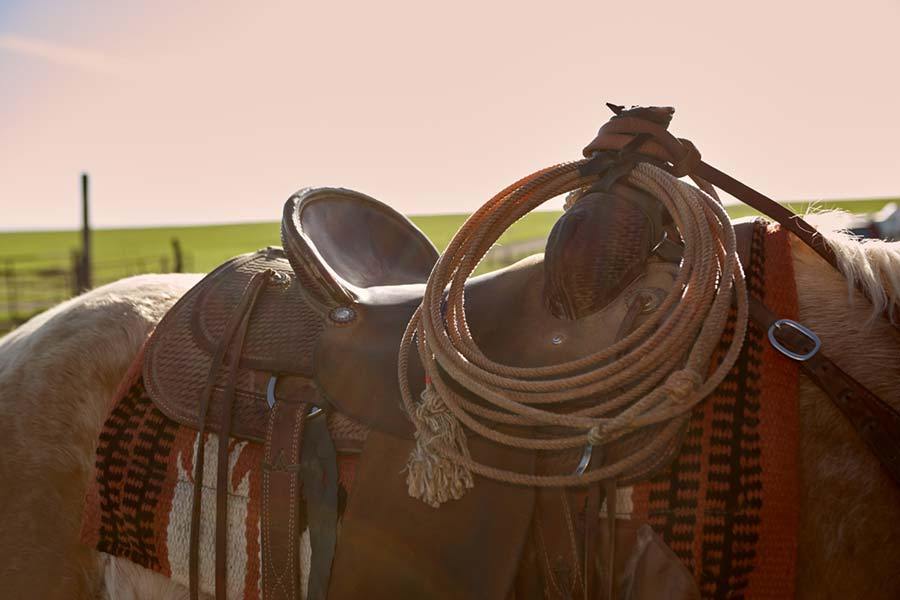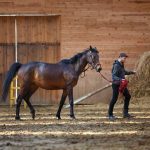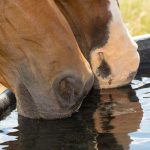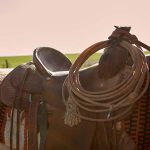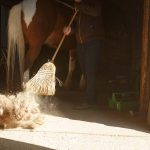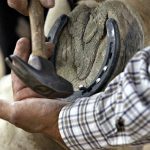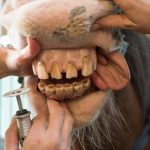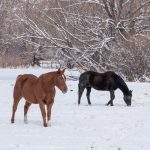Saddle Fitting
Although bareback riding is still commonly seen at rodeos and other events, you definitely want to saddle up your horse before you ride, simply because it is more comfortable. However, the process of choosing a saddle can be tricky. You need one that properly fits both you – the rider – as well as your horse. Since an ill-fitting saddle can lead to a number of problems, take the time to read through this handy guide before you purchase your next saddle.
The Withers and Topline
The first two things that you need to consider are your horse’s withers and topline. The withers are located at the top of the horse’s back, where the shoulders meet the neck. They are at the highest point of the back. The topline is a term used to describe the musculature along the horse’s spine, leading from the withers all of the way to the hindquarters. Since the saddle sits on this part of the horse, you need to do some measurements to ensure that it will fit properly. Additional padding may be needed as well. For example, if the topline has a large amount of sway, then you may need to add in some padding to get a good fit. The withers are measured in terms of width, not height, which means that the saddle must fit the horse’s girth comfortably.
General Seat Sizes
On top of this, there are some general seat size guidelines to follow. Although this is something that is very much up to the rider and his or her comfort levels – some prefer a larger saddle, while others like a tighter fit – the guidelines can be helpful. Youths and small adults generally stick with a saddle that ranges from 12 inches to 14 inches. The average adult uses a 15-inch saddle, while larger adults can use one that is up 17 inches. No matter what, you should have about four inches of space in between the front of your body and the front section of the saddle, while your back should be directly up against the cantle, without pressing against it.
Type of Horse
Although saddles are not made specifically for a particular breed of horse, some do tend to fit certain sizes better than others. For example, the gullet on a saddle designed for a draft horse tends to be around eight inches. This is the largest size. Other breeds of horses will use a saddle with a smaller gullet.

